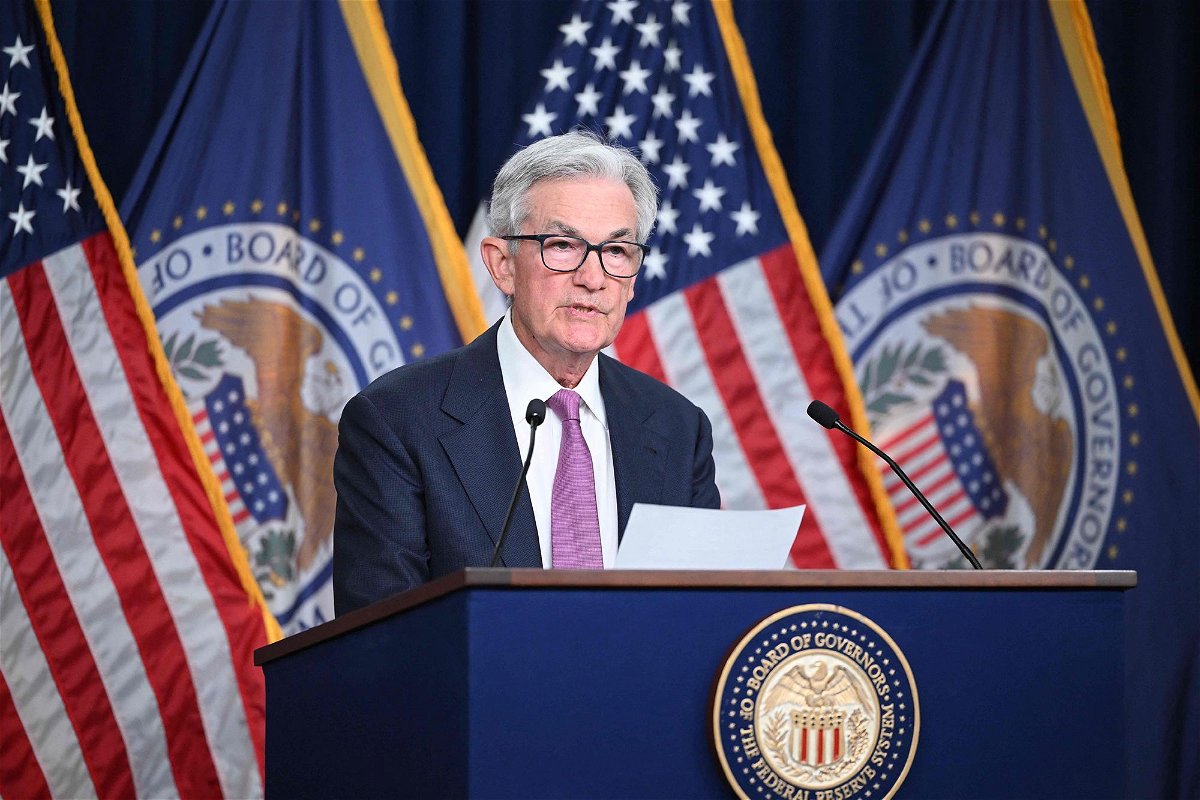Economists are torn on whether the Fed’s pause will backfire

The Federal Reserve is taking its first pit stop after 10 consecutive rate hikes aimed at bringing inflation down from what was a 40-year record high
By Elisabeth Buchwald, CNN
New York (CNN) — The Federal Reserve is taking its first pit stop after 10 consecutive rate hikes aimed at bringing inflation down from what was a 40-year record high.
Fed Chair Jerome Powell said the rate hike pause will give officials more time to evaluate the effects rate hikes have had on the economy so far. But he left the door open for the possibility of more rate hikes at future meetings.
“It may make sense for rates to move higher but at a more moderated pace,” Powell said at Wednesday’s press conference.
That’s drawing parallels to the Fed’s infamous stop-and-go policy in the 1970s and 1980s when it oscillated between raising interest rates to lower inflation and backing off to spur economic growth. But it couldn’t achieve either under that regime.
“Every time they relaxed rates inflation would ratchet up,” said Michael Bordo, an economics professor and director of the Center for Monetary and Financial History at Rutgers University. Then when the Fed tightened rates again, it booby-trapped the economy into a recession, he said. In both scenarios, the Fed’s flaw was moving prematurely before it finished the job it needed to get done.
Did the current Fed fail to learn from history? And if not, will Americans pay the price?
Is this time different?
Many economists agree the Fed is not confronting the extreme dilemma Paul Volcker faced during his time as Fed Chair from 1979 to 1987.
On top of which, “they seem determined to avoid the mistake of the 1970s of easing back too quickly as inflation ebbs and unemployment rises,” said Donald Kohn, a former Fed vice chair who began his career as an economist at the central bank in 1970.
The Fed’s pause “doesn’t necessarily have adverse implications for inflation,” he said. “That depends on what comes next.”
Inflation is still too high for the Fed
The Fed’s chief goal of 2% inflation hasn’t materialized.
Inflation is currently double the Fed’s target, according to May’s Consumer Price Index report. But that’s a big improvement from last year, when annual inflation peaked at 9%.
Powell made an effort to convey to reporters on Wednesday that the Fed remains committed to getting there in spite of the pause. But Bordo said the pause will make it harder for the Fed to get there.
“The longer they wait, the more tightening it will take to get inflation back down,” he told CNN. That’s because, in his view, inflation could become even more sticky and harder for the Fed to control with its rate hikes.
“They should be pushing the button,” he said, referring to hiking interest rates.
George Selgin, a senior fellow at the Cato Institute, said the rate pause was “justified” and is unlikely to cause the inflation rate to “suddenly pop up a lot.” But at the same time, the Fed is likely to find that inflation won’t continue to go down more if there aren’t rate hikes, he said.
“I think it’s a prudent strategy. It’s not ideal, but there are no ideal options here.”
The-CNN-Wire
™ & © 2023 Cable News Network, Inc., a Warner Bros. Discovery Company. All rights reserved.
